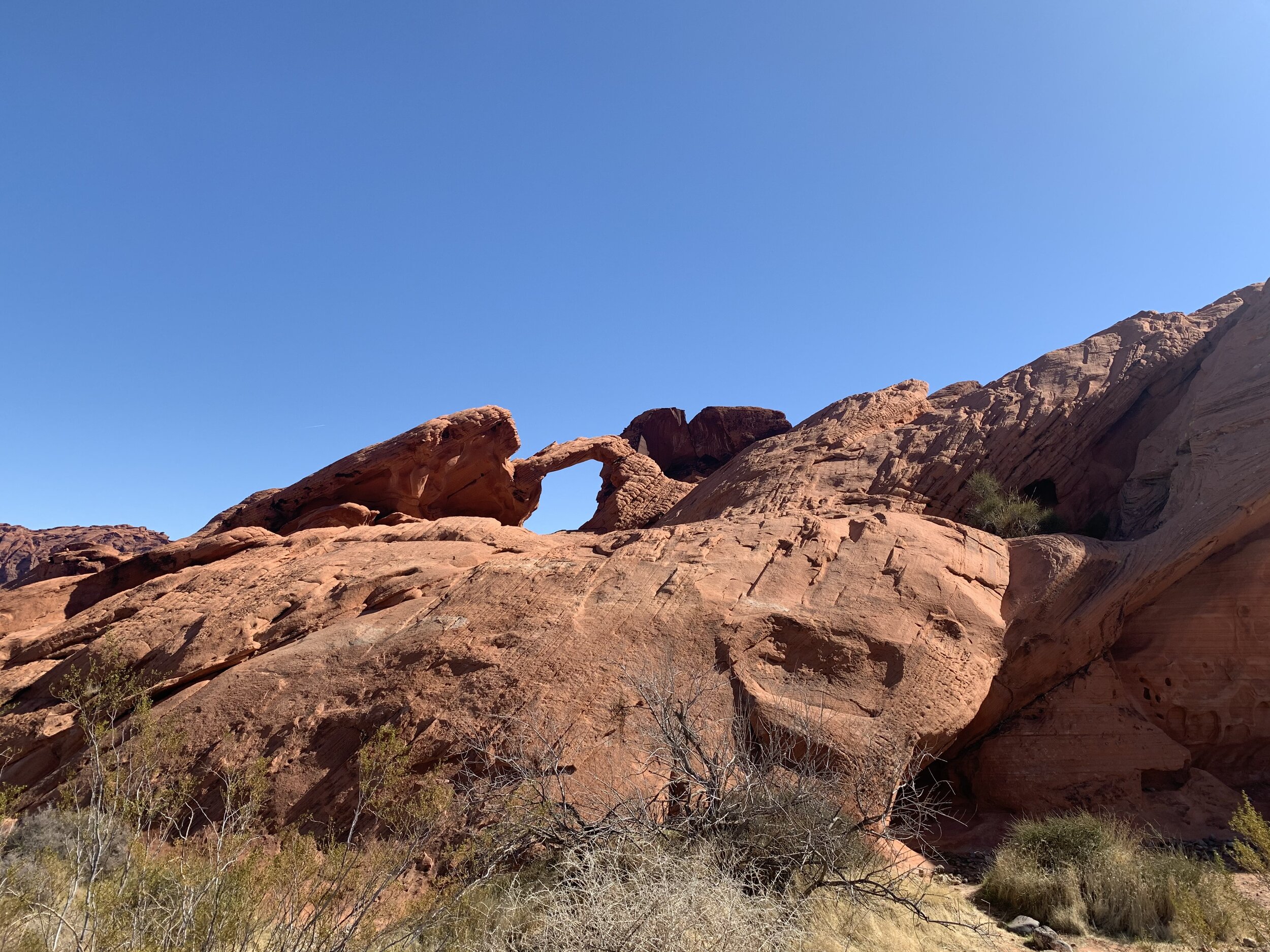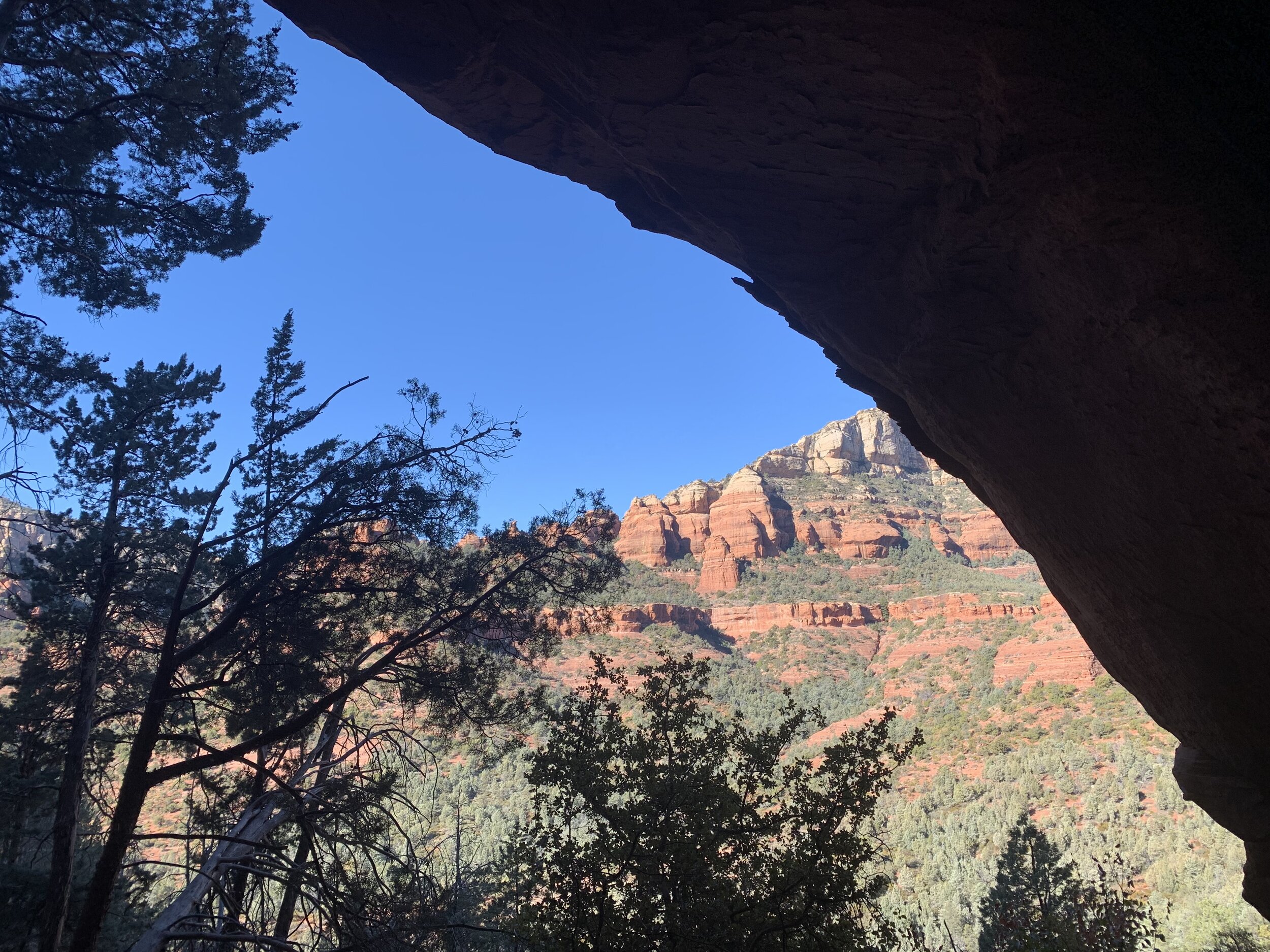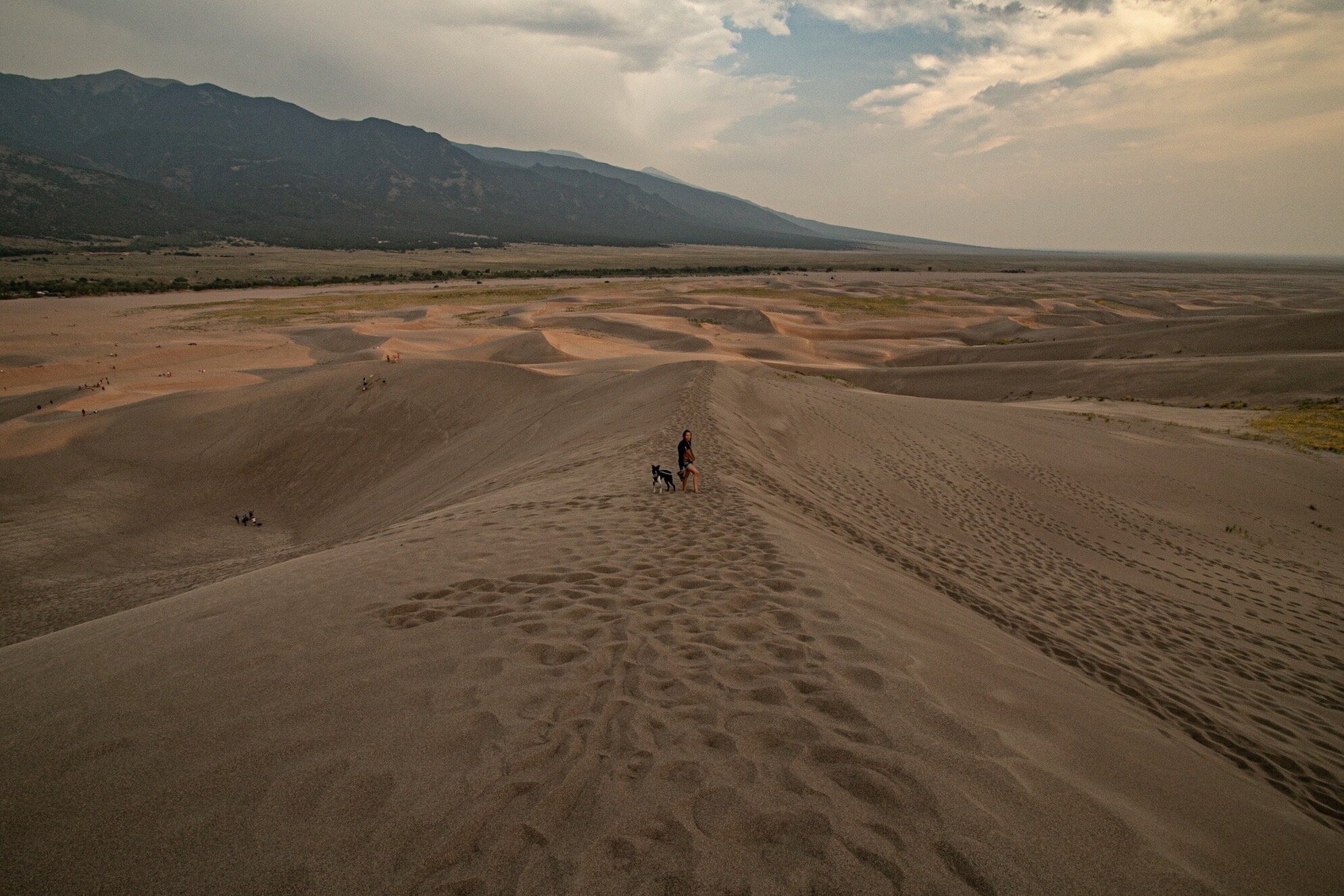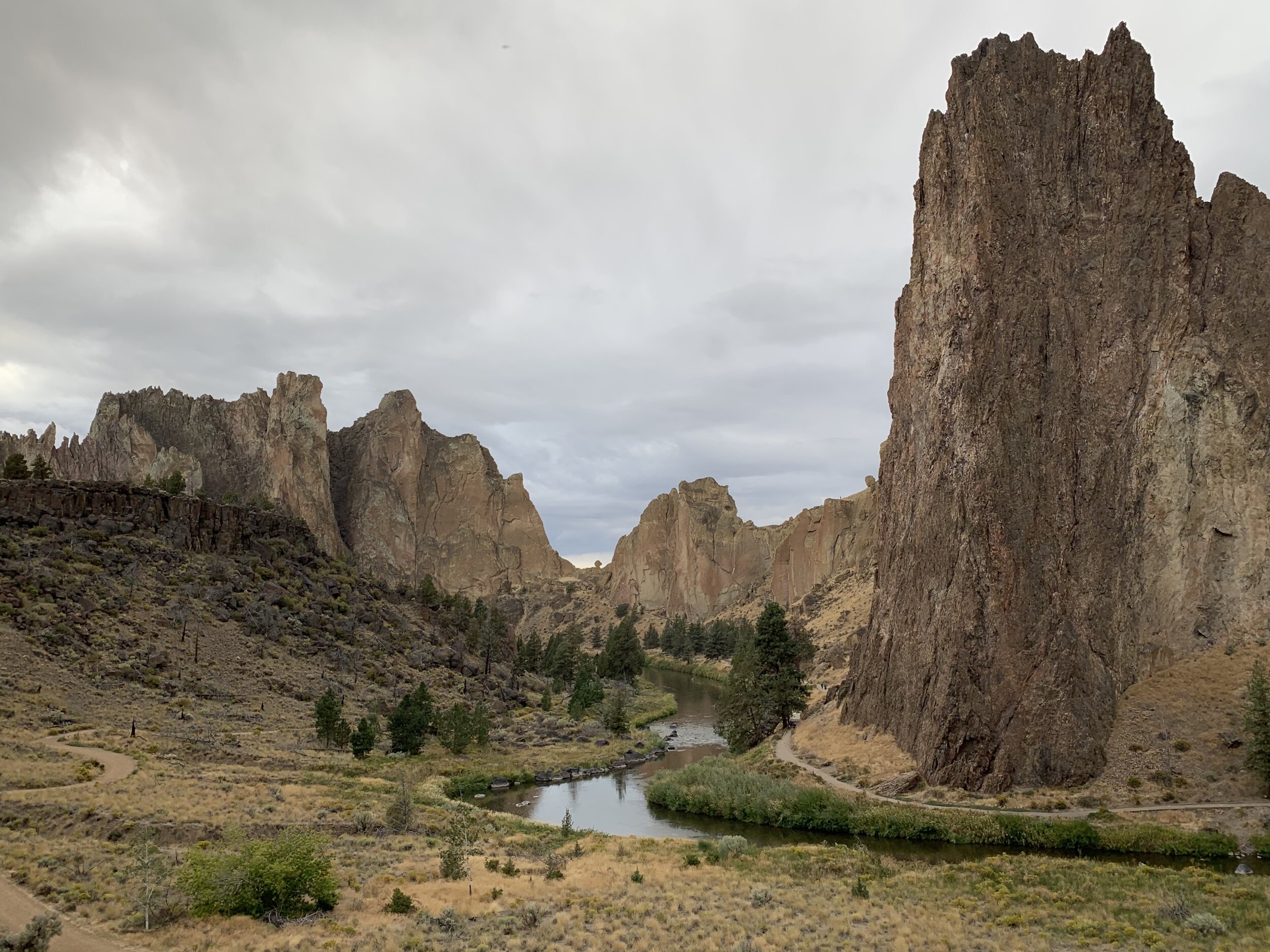So, you’re thinking about road tripping Baja California and Baja California Sur, Mexico? Even for the veteran road tripper, crossing the US-Mexican border requires a lot of extra steps. From documents, to passports, to ridding your vehicle of things that are illegal to have in Mexico, there’s a lot more to do before your Baja Road Trip than any road trip within the Lower 48. This is everything we did before our road trip through Baja.
Necessary Documents:
The first thing you absolutely need to have for any safe and secure Baja road trip, is a valid passport. Many people will tell you that you can visit Baja without a passport, but don’t risk it, and make sure your passport doesn’t expire within 6 months of you crossing the border into Mexico, or it isn’t considered valid.
The next thing you’ll absolutely need to drive your US vehicle in Mexico is Mexican car insurance. There are plenty of different companies to buy this through, so figure out which has the best plan for you based on how long you think you’ll want to spend in Mexico.
A vehicle import permit is not required for Baja, however, if you plan on ferrying to the mainland at any point during your trip, you will need to pay this at the border. This is basically a promise to the US that your vehicle will be returned to your home country at the end of your trip.
Many people will also argue about the importance of having an FMM tourist visa as well, but just like the passport, don’t risk it. You can purchase this either online (but make sure you print your receipt), or at the border. We chose to do ours at the border, and it was easier than any other part of our border crossing. This is a 6 month tourist visa, and it costs $32 USD per person to purchase.
Veterinary records are also not necessarily required by the border, but we chose to print ours out, just in case either the borders asked for them, or we needed to see a vet for our dog while in Mexico. Some borders (like Tijuana) require that your dog is in a clean pet carrier to cross, but others don’t enforce this (like Mexicali, where we crossed).
Find Out What You Can’t Bring to Mexico:
There are a lot of things that you can’t or aren’t supposed to bring to Mexico. The items we chose to leave behind, either because they weren’t allowed, or the rules weren’t clear included:
· CBD (including pet CBD)
· Bear Spray and Pepper Spray
· Peat Moss for our composting toilet
· Fresh fruits and veggies
· Alcohol
· Firewood
Our friends also had issues bringing expensive camera gear across the border, and were required to pay an extra fee to bring their drone into Baja. Be prepared for anything!
Decide on a Border Crossing
There are three direct border crossings into Baja: Tijuana, Tecate, and Mexicali.
We chose to cross at Mexicali because it has short lines, and less strict rules about pets than Tijuana. Tijuana tends to have long lines, and because it’s located in a chaotic city, it may be harder to navigate. The Tecate border crossing seems convenient, but it also has long lines, and closes at 2pm everyday, so many people don’t make it through even when they’ve been waiting in line.
Now, you’re ready to cross the border. Decide on your first stop before getting through the border crossing, in case they ask, or you get stopped at a Military Checkpoint (routine checks to make sure you’re traveling legally), and have fun! Bienvenidos A Mexico!








































































